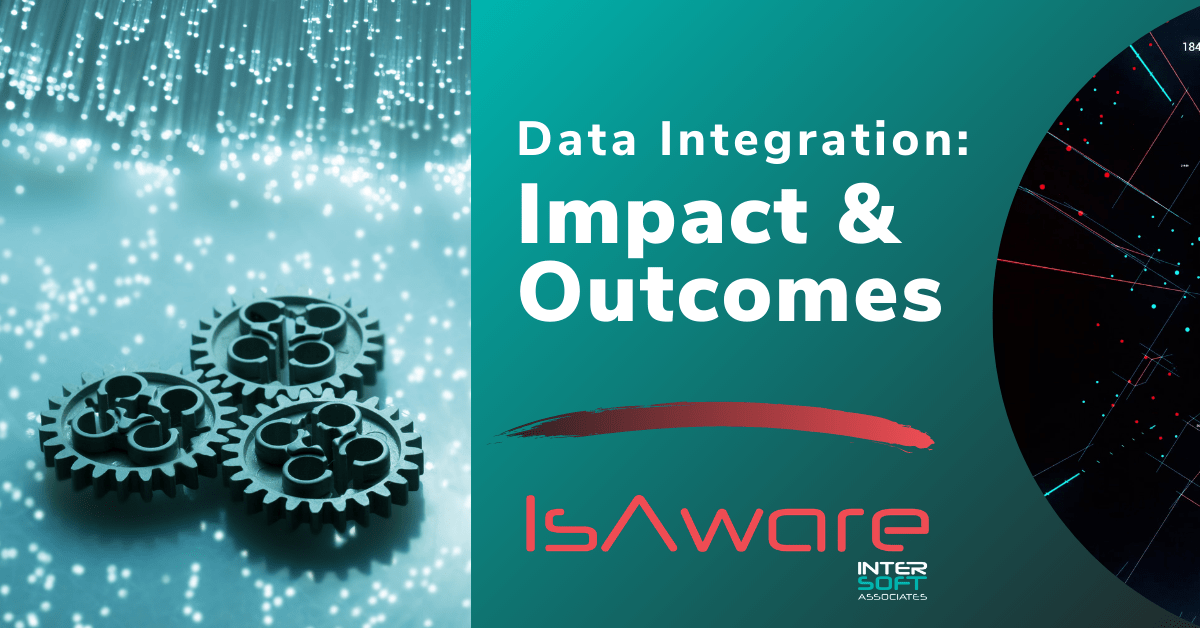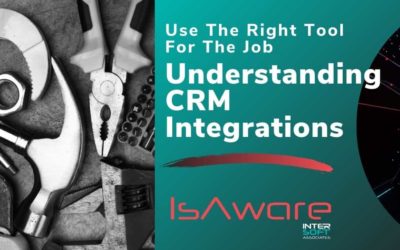Data Integration is, simply, how different pieces of disparate or unconnected information are brought together to create deeper layers of insight. When we share and combine data from different sources, like a CRM, payment processor, or distribution application, we make “1+1=3”: the outcomes produce even more than the sum of the input.
Sound confusing? Data Integration can be! But it’s helpful to move from the conceptual to the practical to illustrate effectiveness and potential of putting the information and insight to smarter work in an organization. Let’s explore some real-world Data Integration examples and outcomes of the impact of properly implemented Data Integration.
Data Integration Examples
Pearson Education
Pearson Education creates resources for education, including textbooks. They were experiencing a painful inefficiency in their payment and distribution model that was slowing down receivables and revenue: In order for Pearson to be paid for textbooks shipped, an official proof of delivery from the carrier was required. This meant first, Pearson would ship a product using UPS or Fedex. Somebody at the destination would sign for the delivery. Then a human being would look up the delivery online and verify that the delivery occurred – verifying the signature in the process. They next put all of the delivery records into a document, and finally sent the document to its customers, proving that delivery was made. After reviewing and approving the document those customers would then release payment.
This clunky process of many steps was slow, prone to human error, and time and resource intensive. Hours of tasks quickly become days of processes and weeks before invoices are finally paid.
At InterSoft Associates, after a discovery process where we better understood their pain points and desired outcomes, we started with Data Integration. Using the API (Application Process Interface) available from shipping carriers like UPS and Fedex, we integrated with Pearson’s shipping records to identify the shipment and tracking information. In connecting with the shipping carriers, we could retrieve the necessary data in real time to identify when a delivery was made and a signature was collected. This information was placed in a data warehouse because UPS and Fedex only store these signatures for a limited amount of time. We then interfaced with Pearson’s invoicing and receivable applications to identify unpaid invoices to send to each school for proper processing and release of payments. This was an automatic and consistent process. Data was received in a uniform format that was always accurate.
Data Integration made it possible to conceivably save weeks of time and effort, creating a huge return on investment. Plus, with the data now available, it was easy to understand which accounts were in arrears or recognize other trends and insights valuable to the New York Department of Education. These cascading benefits of Data Integration mean not only can a problem be solved, but new opportunities never before considered might become possible.
First Choice Shipping
More Data Integration examples include finding unexpected solutions to problems. First Choice Shipping provides business and eCommerce shipping solutions to a wide variety of customers globally. Their objective was to better scale business processes by upgrading their customer portal with an eCommerce capability. They had a long list of desired features and benefits, creating a complex project. They asked us for recommendations on the best path forward.
Among our solutions was integrating their ERP (Enterprise Resource Planning) application with Quickbooks, their accounting software. We integrated the data available in each application, making the two “talk” to each other. Customer Data Integration examples like this involve extracting information about individual customers from disparate business systems and combining the information into a single view that can be used for customer service, reporting and analysis. Among the benefits this streamlining made possible was enabling First Choice to add transactions and revenue without increasing the costs of adding staff. This was truly scalable use of Data Integration.
The Value of Collaboration in Data Integration
The J. Peterman Company
In our discovery process, we’re active listeners. We don’t only want senior managers in the room – we want to hear from everybodything who ’is impacted or connected to the desired outcomes. What are they experiencing? How are experiences unique or different among stakeholders? What problems are they facing, and how are those problems creating problems down the line? And ultimately we ask – how can we help?
The J. Peterman Company is a lifestyle merchandise brand that had a legitimate need to share encrypted data across vendors. By nature, encryption is generally a one-way stream, sending to a single destination. We weren’t sure where the opportunity was to help The J. Peterman Company best until a casual side conversation with somebody in one of their departments turned on all the lightbulbs. We knew we had the key to solving their problem.
As we often do, we developed a Proof of Concept before writing any custom code. When the Proof of Concept was validated, we got to work and quickly developed a solution that ultimately paid for itself in a matter of weeks. When people feel they are being listened to, they willl share more. It is in that sharing that we at InterSoft Associates sometimes uncover the fast answers and the best solutions.
Cascading Benefits of Data Integration
With an expert consultant like InterSoft Associates guiding discovery of how Data Integration can help solve problems, different departments and stakeholders come together, sometimes for the first time, to understand the overall complexities they are facing. This helps ideas get shared and new perspectives get developed.
Remember, “Data Integration” is a complex phrase that just means sharing information to create more insights. Putting your data to work for you means leveraging one of your most powerful assets to streamline workflows, reduce complexities, shorten timeframes and alleviate personal or process-driven friction. If you’re experiencing dysfunction with any of these, you don’t need to understand how to solve the problem to know you might have a problem. Give us a call and we’d be happy to listen and share how we might help you.






